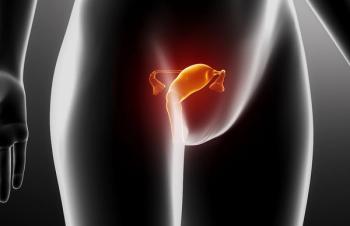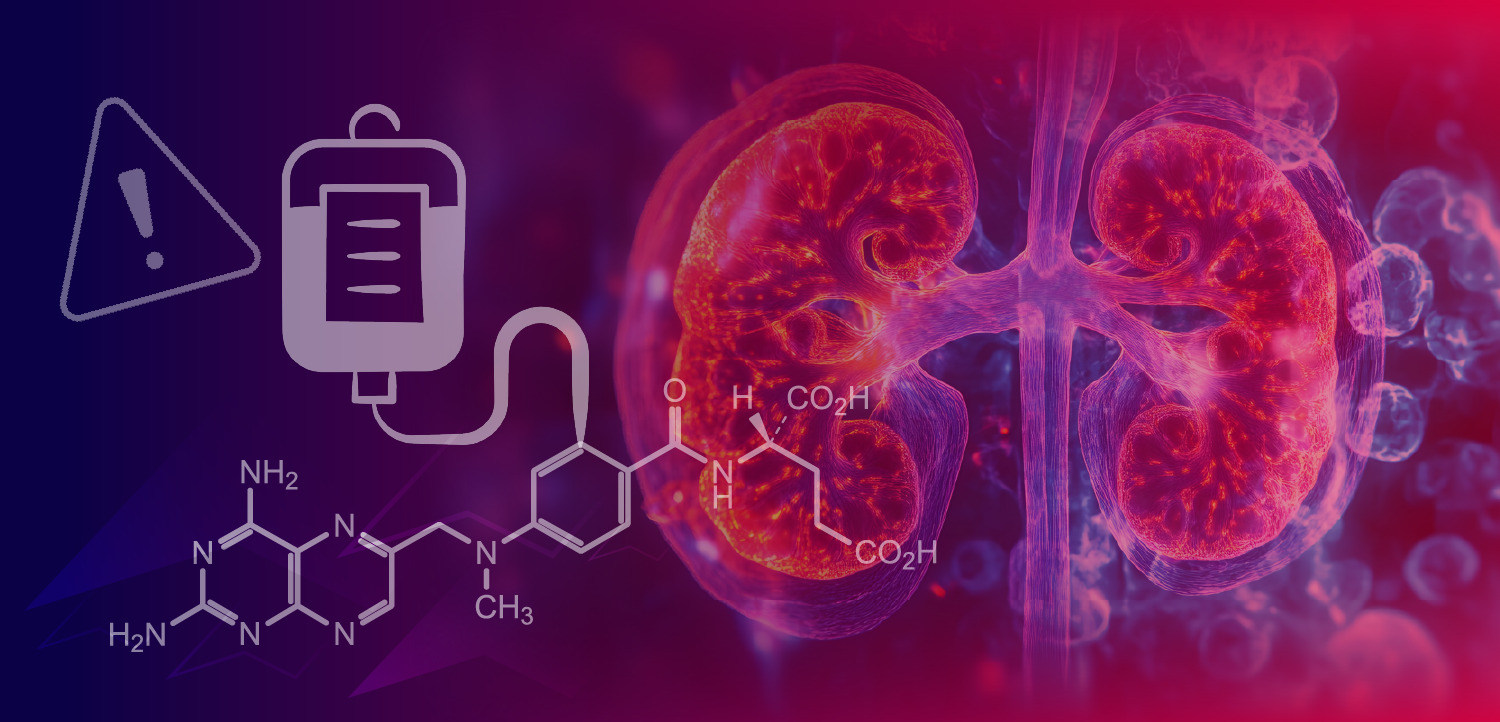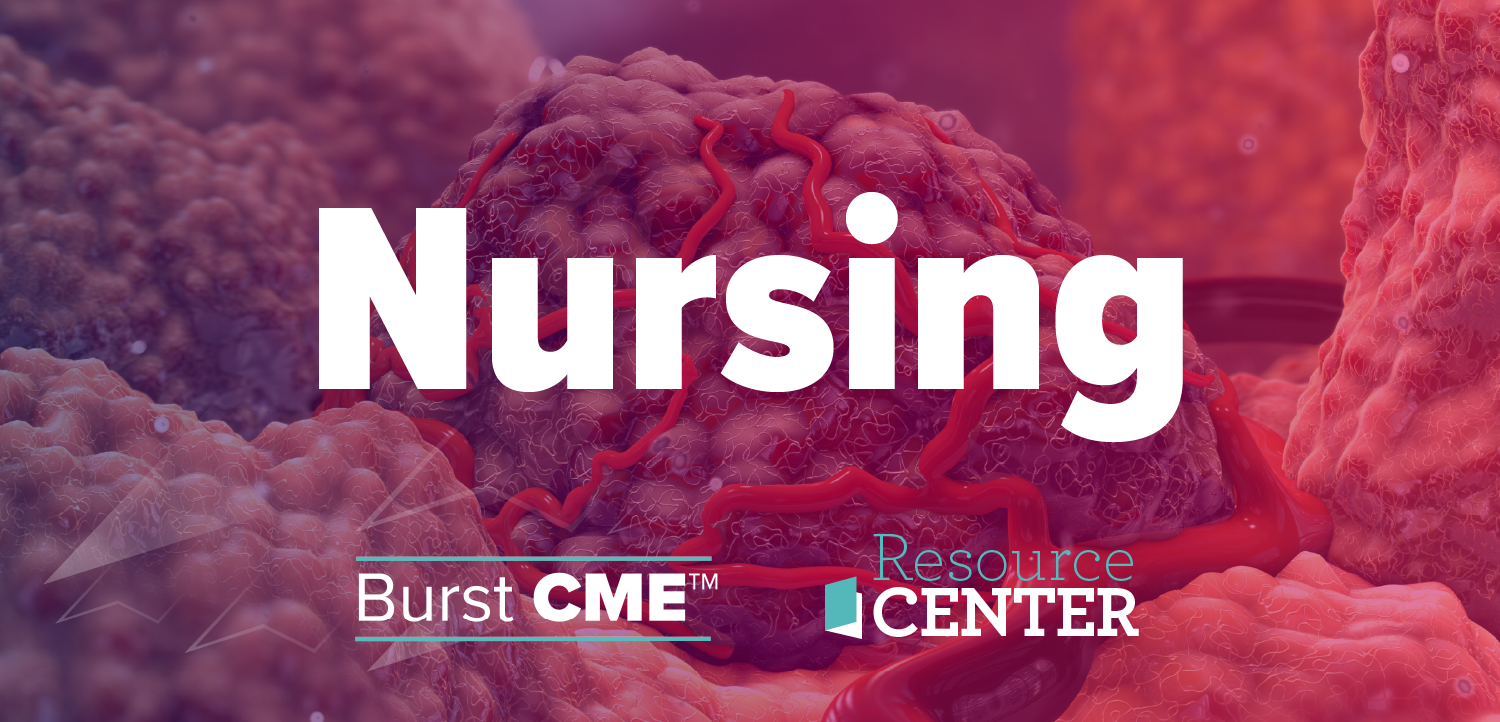
Ezabenlimab Combo Yields Activity in Advanced Squamous Cell Anal Carcinoma
Data from the phase 2 INTERACT-ION trial support further investigation of the potential synergistic effect of ezabenlimab plus adaptive chemoradiotherapy.
Administering PD-1 inhibitor ezabenlimab with modified docetaxel, cisplatin, and fluorouracil (mDCF) reached the primary end point of clinical complete response (CR) among patients with stage III squamous cell anal carcinoma (SCAC), according to findings from the phase 2 INTERACT-ION trial (NCT04719988) published in The Lancet Oncology.1
Among those who were evaluable for the first radiological assessment following induction therapy, data showed an objective response rate (ORR) of 93% (n = 49/53), which included clinical CRs in 25% (n = 13/53) and partial responses (PRs) in 68% (n = 36/53). Subsequently, 75% (n = 38/51) proceeded to receive involved-node chemoradiotherapy (INRT), and 26% (n = 13/53) received standard concurrent chemoradiotherapy (CRT).
At 40 weeks across the modified intent-to-treat (ITT) population, 77.8% (95% CI, 66.5%-86.7%) achieved a clinical CR, with corresponding rates of 86.8% among those who received INRT and 69.2% in those who received concurrent CRT. With a median follow-up of 23.0 months (95% CI, 16.5-29.1), data showed that the median progression-free survival (PFS), disease-free survival (DFS), and overall survival (OS) were not estimable. Post hoc analysis findings showed 12-month and 24-month rates, respectively, of 85.2% (95% CI, 76.2%-95.2%) and 81.4% (95% CI, 71.7%-92.5%) for PFS, 86.1% (95% CI, 77.1%-96.2%) and 80.0% (95% CI, 66.6%-96.0%) for DFS, and 94.4% (95% CI, 88.5%-100.0%) and 84.3% (95% CI, 73.6%-96.5%) for OS.
“[T]his phase 2 study met its primary endpoint, showing antitumor activity (clinical [CR] rates) and a manageable safety profile for ezabenlimab and mDCF induction when given with INRT in patients with locally advanced SCAC,” lead study author Stefano Kim, MD, from the Department of Medical Oncology at Centre Hospitalier Universitaire de Besançon in Besançon, France, wrote with coauthors in the publication.1 “These promising activity outcomes support further investigation, and ongoing ancillary immunomonitoring analyses might provide insights into immune modulation and help to better understand the potential synergistic effect of this combination strategy.”
In the open-label, single-arm, phase 2 trial, 54 patients received at least 1 cycle of treatment in the modified ITT population. Patients were assigned to receive induction therapy with docetaxel at 40 mg/m2 on day 1, cisplatin at 40 mg/m2 on day 1, and fluorouracil at 1200 mg/m2 on days 1 and 2 plus ezabenlimab at 240 mg intravenously every 3 weeks for 3 cycles. Those who did not experience a response and had progressive disease per RECIST v1.1 criteria received standard concurrent CRT; those without progressive disease continued with 2 additional cycles of mDCF and 1 additional cycle of ezabenlimab. Those with a major response and pathological CR or near-CR following these additional cycles then received INRT plus ezabenlimab maintenance at 240 mg every 3 weeks for 7 cycles; patients without a major response underwent standard concurrent CRT.
The trial’s primary end point was the clinical CR rate at 40 weeks. Secondary end points included pathological CR or near-CR rate, biological CR rate, ORR, OS, PFS, DFS, and safety.
Patients 18 years and older with histologically confirmed SCAC, locally advanced disease, and an ECOG or WHO performance status of 0 or 1 were eligible for enrollment on the trial.2 Having adequate hematologic and end-organ function was another requirement for study entry.
The median age was 64.0 years in the modified ITT population, and most patients were female (76%). Additionally, most of this group had an ECOG performance status of 0 (56%), positive HPV circulating tumor DNA status (74%), stage T3 disease (44%), and stage N1a (33%) or N1c disease (33%).
Three patients discontinued induction therapy following investigator’s decision (n = 1); grade 3 febrile neutropenia, grade 3 typhlitis, and sepsis (n = 1); and progressive disease (n = 1). Additionally, 5 discontinued maintenance therapy due to disease progression (n = 1) or treatment-limiting toxicities (n = 4).
At least 1 adverse effect (AE) occurred in 100% of patients who received induction therapy, 97% for INRT, 100% for standard concurrent CRT, and 80% for ezabenlimab maintenance. Across these treatment phases, 17% to 92% experienced at least 1 grade 3 or higher AE, 63% to 100% experienced a treatment-related AE, and 14% to 92% had a grade 3 or higher TRAE.
Grade 3 TRAEs during ezabenlimab maintenance included increased lipase (3%), cytomegalovirus colitis (3%), and lichen planus (3%). Data showed no treatment-related deaths. Investigators noted no safety signals exceeding the Pocock-type boundary for dose-limiting toxicities when monitoring the safety of ezabenlimab and mDCF.
References
- Kim S, Boustani J, Iseas S, et al. Ezabenlimab and induction chemotherapy followed by adaptive chemoradiotherapy in patients with stage 3 squamous cell anal carcinoma (INTERACT-ION): an open-label, single-arm, phase 2 trial. Lancet Oncol. Published online November 4, 2025. doi:10.1016/S1470-2045(25)00605-9
- Anti-PD-1 and mDCF followed by chemoradiotherapy in patients with stage III squamous cell anal carcinoma. (INTERACT-ION). ClinicalTrials.gov. Updated December 12, 2024. Accessed November 6, 2025. https://tinyurl.com/p58tf3n2
Newsletter
Stay up to date on recent advances in the multidisciplinary approach to cancer.
































































































